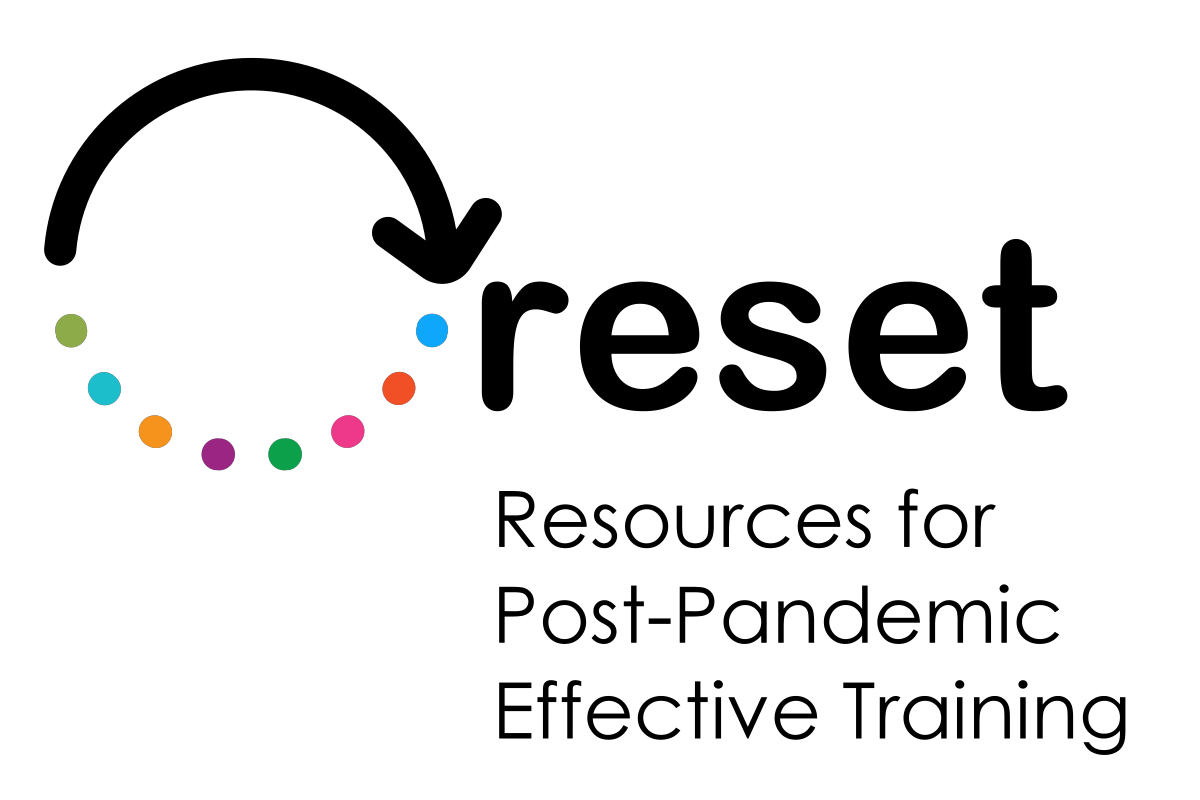 Choosing platform Choosing platform What is a digital learning platform ? Click to read 
- Digital Learning Environment
The digital learning environment is every digital tool that students use, from computers and smartphones to software, file-sharing, web services, multimedia, and Virtual Reality – a digital platform is part of this environment.
- Learning Management System
Learning Management Systems are a digital repository for all learning content. The system helps organize resources and facilitate the learning process by allowing users to access content from any device at any time – this is the platform.
|
 |
Learning Management System (LMS)
LMS is a web-based system that supports the planning, creation, delivery, tracking and reporting of online educational activities. It may include features such as e-portfolios, quizzes, assessment tools and course management
tools.
Learning Management Systems are an effective way to deliver a wide variety of educational courses and outcomes.
They support traditional face-to-face instruction, blended/hybrid and distance learning environments.
Features of a digital learning platformClick to read 
|
Facilitate learning
Take it anywhere, individual learning plans
|
 |
Management
Enrolment, track, assess, analysis & report
|
|
Save time & cost
Less print, easy distribution of content, overview of student activity.
|
Communication
Messaging, notifications, feedback, calendar, schedules
|
Different types of learning management systemsClick to read 
There are many different types of learning management systems, but they all provide the same basic functionality:
|
Inside of a learning management system, you should be able to add participants to the course and assign them roles, such as assigning someone the role of instructor or student.
An LMS is typically made up of three main components: the admin console, course content and users. The admin console is where you set up your courses, enroll students and monitor their progress.
Course content refers to all the material that learners access when they log in to the system — this could be videos, articles or documents.
|
 |
There are many different learning management systems out there, and it can be hard to decide which one is right for you.
Do not underestimate the importance of this decision.
You're likely going to want an LMS that's easy to use, yet includes the features and functions that will allow you to accomplish your goals.
Costs vs features
It's not just about finding something that works well for others; it's also about finding something that works well for you at a price that makes sense for your organization.
Stakeholders - Understand who to involveClick to read 
It's important to examine an LMS from the perspective of the learner. You might find that your IT department, administrators and instructors like a certain systems, but in the end, if the product isn't user-friendly, you have a major problem.
Who is affected by the introduction and use of a digital platform?
- Who can affect the decision ?
- Who can be affected by the decision ?
Typical stakeholders who will be impacted by the decision:
|
IT department
Hosting, maintenance, support
|
 |
Faculty Members
Administrators/
Managers/Teach Assistants/Other
|
|
Teachers
Ease of use, methods, subject, content..
|
Students
Different types of learners
|
Summing upClick to read 
TestTest Yourself 
 Learning objectives Learning objectives Digital tools and learning objectives Click to read 
Learning objectives are important in education because they provide a clear, measurable goal for students to work towards. In a digital education setting, learning objectives can be even more important because they provide a clear framework for educators to design their online courses and for students to track their progress
- Learning objectives and digital tools
Learning objectives can help ensure that the content of online courses is aligned with educational standards and objectives. Overall, learning objectives are an important part of any educational setting, whether it is digital or in-person.
What do students need to know, understand, or be able to do?
The choice of digital tools should be based on the learning objectives
The use of digital tools should always be considered as a learning objective in itself, rather than just a means to an end, as digitization takes place in all sectors.
Digital tools can be used alongside the training to improve and reinforce it
You cannot learn how to use a hammer, weld, or cook just by looking at a screen. Digital tools can be used alongside the training, but they are not a substitute for the hands-on experience.
Chose the right toolClick to read 
To digitize teaching, you can use a variety of tools and technologies, such as video conferencing software, learning management systems, and online collaboration tools.
There are many different options available, so you may want to do some research to find the best tools and techniques for your specific learning objectives and goals.
- Ask questions like:
- How do we provide support for creative, collaborative and authentic learning?
- How can we allow students to work on projects collaboratively?
- How do we teach skills not covered in class ?
- How do we improve student learning outcomes with digital learning ?
21st century skills should always be considered when determining the learning objectives. The Four C’s:
|
Communication
Oral, written, and nonverbal
|
 |
Collaboration
Working with other people to do something
|
|
Critical thinking
Solve problems, Reasoning, Systematical thinking, judgements and decisions
|
Creativity
Work creatively with others, Implement innovation
|
How can digital tools help achieving the learning objectives?
|
Digital tools can be used to track student progress and provide feedback on their performance, which can be helpful for both the students and the educators.
A good course will allow participants to learn at their own pace, and you can help them reach that goal by splitting the course into smaller, attainable objectives. By giving participants a set of manageable tasks they can work on over time, they'll be less likely to get frustrated and drop out.
|
 |
Make it personalClick to read 
- Address the students directly
Learning objectives should be explained in a way that makes them personal to each student. This will help the students feel more included and motivated, which will hopefully lead to more effective learning.
This can easily be shared digitally.
Record a video where students can see and hear you explain the learning objectives. This helps to create better relationships and thus better learning.
Tell them what we're going to do, why we do it, how we will do it, and what we have learned when we're done.
|
 |
Summing upClick to read 
TestTest Yourself 
|
 Test Yourself
Test Yourself

